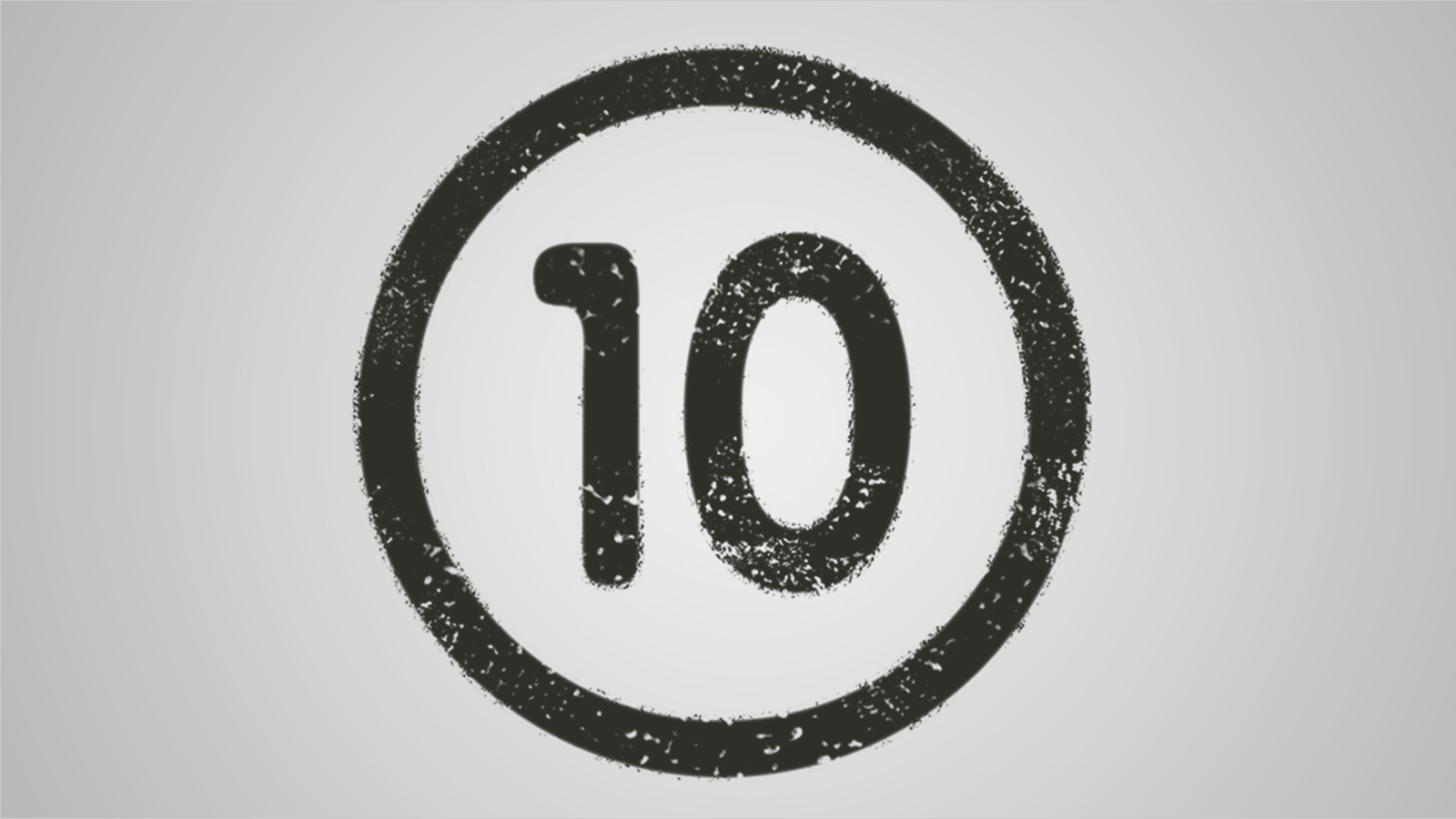Being diagnosed with XLH is the beginning of a journey. With the right knowledge and support many people learn to manage their condition without it managing them.
1. XLH stands for…
X-linked hyposphosphatemia is referred to in many different ways, including – familial hypophosphatemia, vitamin D resistent rickets and hypophosphatemic rickets – all of which describe a rare condition that affects the body’s ability to balance levels of the mineral phosphorus and vitamin D.

The 'X' in the title refers to the way the condition is carried by a person’s X-chromosome, so the condition is X-linked. Hypophosphatemia means low levels of phosphorus in the blood. So, someone with XLH will have low levels of phosphorus in the blood brought about, or linked to, their X-chromosome, as part of their genetic makeup.
2. XLH is a lifelong condition, not just a childhood disease
Although XLH is most often spotted at an early age, it’s not just a childhood disease that children will outgrow. It’s a lifelong condition, and although you may have heard it described as ‘heritable rickets’, it’s not caused by lack of sunlight or vitamin D. There is currently no cure for XLH, but there are things that can be done to treat it, particularly if it’s diagnosed early. So, while it’s an ongoing condition that will need medical attention at regular intervals throughout your life, XLH can be well managed with the right treatment and support.
3. We understand what causes XLH
Scientists have identified a culprit gene that causes XLH – it’s the PHEX gene. When this gene has the XLH mutation, a hormone in the bloodstream – known as fibroblast growth factor 23 (FGF23) – increases and causes the kidneys to get rid of, or ‘waste’, phosphorus that the body needs in order to build and maintain healthy bones. A lack of phosphorus causes bones to soften and the lower legs to bow or twist inwards.
4. XLH is a hereditary condition, but can also happen spontaneously
Most people with XLH have inherited it from one of their parents, and here’s how: males possess one X- and one Y-chromosome, whereas females have two X-chromosomes. Daughters receive one X-chromosome from their father and one from their mother. Sons get their father’s Y-chromosome and one of their mother’s X-chromosomes. XLH is linked to the X-chromosome and is a dominant trait. This means people with even one mutated gene on their X-chromosome will have XLH.
So, if a male has the condition, all of his daughters will have it, but none of his sons. If a female has it, each child, regardless of sex, has a 50/50 chance of inheriting XLH, depending on which of the X-chromosomes is passed on.
But XLH isn't always inherited – between 20-30% of people without any family history develop XLH as spontaneous cases.
5. XLH is not your fault
Health conditions like XLH can affect the whole family. Some parents may feel that they've done something wrong, or are somehow to blame, if their child is diagnosed with XLH. It doesn't help that XLH is often misunderstood and misdiagnosed as nutritional or ‘Victorian’ rickets. Even if parents know that XLH has nothing to do with lack of vitamin D, or have XLH themselves, many can feel helpless about their children. No one is to blame for XLH.
Although it’s hard to move forward at first after diagnosis, finding out as much as you can about the condition can be a great help. Speak to your family doctor or specialist to help find the right support along your journey. Counselling may also help if available to you and your family. Family support groups and online networks, including the patient forum, can be great places to share experiences and get advice from like-minded people. You can find more on this in the more support section
6. XLH is a rare condition
Fewer than 1 in 20,000 people worldwide have XLH, and this means it's classified as a rare disease. Rare diseases can be especially challenging as there is little reliable information available, and people with mild to moderate symptoms may find they struggle towards an accurate assessment, due to the rarity of the condition or because mild symptoms don’t have such a great impact on their lives. XLH may only become apparent in adults when they start to experience joint and bone pain, or when their own children get diagnosed and they make their own connection to the disease. Everyone will experience XLH differently. Symptoms vary widely and no two adults or children will be affected in the same way.
7. Early diagnosis and management is helpful
Parents and carers who suspect their child or someone close to them may be showing signs of XLH shouldn't keep it to themselves. Data suggest that children who are diagnosed early, and are able to start treatment for their XLH before puberty, show an improved treatment outcome.
Visible signs to look for in children are delayed walking, bowed legs (especially when the child begins to walk and bear weight on their legs), slow growth and dental problems, particularly abscesses. Symptoms in adults may include dental problems as well as persistent joint pain and a tendency for bones to fracture easily.
Treatment cannot begin until you and your specialist doctor know what you are dealing with, so the sooner you get a diagnosis, the sooner you can move forward with treatment.
8. There is work underway to create other effective treatments
Science and medicine don't stand still and there are always new developments. Over the last twenty years we've learned more about our genetic makeup which has helped us understand more about genetic conditions such as XLH. This knowledge is helping scientists develop new treatments for XLH that may address current unmet medical needs and provide new options for patients.
9. Every individual’s experience of XLH will be unique
No two people, even within the same family, will have the same set of signs or symptoms of XLH, nor will they respond to treatment in the same way. While low levels of phosphorus in the blood are common in all adults and children with the condition, they won’t necessarily have the same effects on everyone. Children may have some or a few of the signs and symptoms at an early age, or none until they are older. Adults may show no symptoms. Some adults will only become aware of the symptoms of XLH when they start to experience different levels and types of pain. Dental problems and abscesses are common.
10. You are more than just your XLH
Although XLH is something that will stay with you for life, it doesn’t represent you as a person. It might seem daunting to be told you have the condition but there’s no reason to let it define you. Being diagnosed with XLH is the beginning of a journey, not the end, and with the right knowledge and support many people learn to manage their condition without it managing them. Although you might not know anyone outside your family with XLH, you are not alone with the disease. The healthcare team at your clinic can support you to find solutions to difficulties you may face.
As your understanding of XLH grows, so will your confidence. By accepting your XLH, and understanding what is going on inside you, you can be the best you can and move forward. There’s a lot of help out there and a lot of hope. You can find more on this in the more support section







